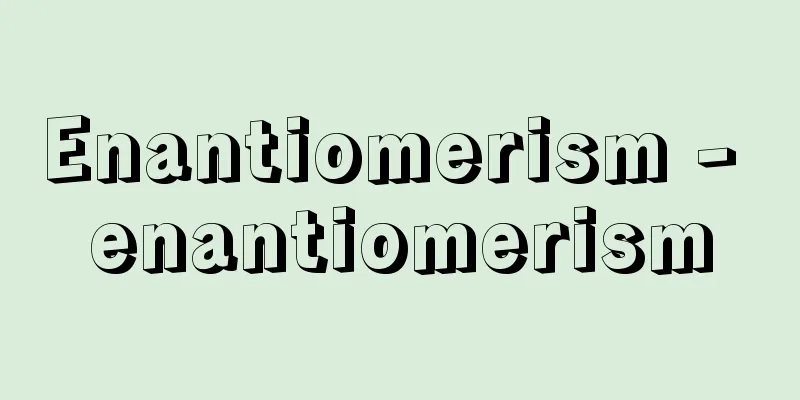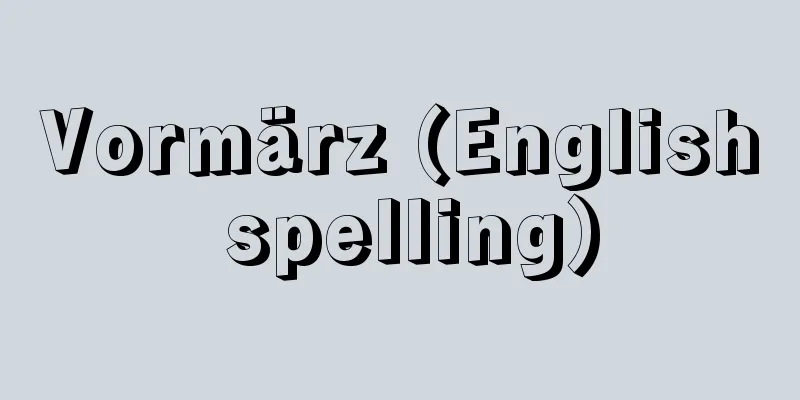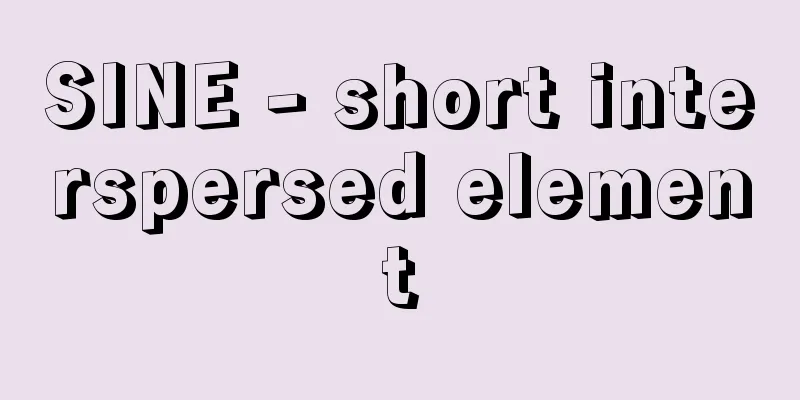Enantiomerism - enantiomerism

|
When stereoisomers are in a non-superimposable mirror image relationship (Figure 1), they are in an enantiomeric relationship and are called enantiomers. A necessary and sufficient condition for a molecule (and not just molecules, but all objects) to have enantiomers is chirality (the existence of a mirror image relationship). Stereoisomers that are not enantiomeric are called diastereoisomers. According to this classification, stereoisomerism is broadly divided into enantiomerism and diastereoisomerism. Source: Heibonsha World Encyclopedia, 2nd Edition Information |
|
立体異性体が互いに重なり合わない鏡像の関係(図1)にあるとき,両者はエナンチオ関係にあり,エナンチオ異性体であるという。ある分子に(分子に限らずすべての物体に関しても)エナンチオ異性体が存在するための必要十分条件はキラリティ(鏡像関係が成り立つこと)である。エナンチオ関係にない立体異性体を互いにジアステレオ異性体であるという。この分類によると,立体異性はエナンチオ異性とジアステレオ異性に大別される。
出典 株式会社平凡社世界大百科事典 第2版について 情報 |
Recommend
Globicephala melaena (English spelling) Globicephalamelaena
… Whale [Toshio Kasuya]. … *Some of the terminolo...
Ensslin, W.
…It is distinguished from the divine emperor. The...
Pyrrha
…son of Prometheus. He ruled Thessaly with Pyrrha...
Himedo [town] - Himedo
An old town on the east coast of Amakusa Kamishima...
Variable Resistance Theory
...The source of this potential difference was th...
continental plateau
...The term "plateau" used in world geo...
Suit - Suit (English spelling)
A complete set of two or more items made from the...
Parthenocissus quinquefolia (English spelling) Parthenocissusquinquefolia
… [Reiko Nagata]. … *Some of the terminology that...
Aikido
Today's Aikido began when Morihei Ueshiba (188...
Qing Dynasty Art
The Qing dynasty, which emerged at the end of Chin...
Architect
〘noun〙 (architect) An architect or designer. "...
Corporate finance
...The function of a company to make investment d...
Toyoo Iwata
→ Shishi Bunroku Source : Heibonsha Encyclopedia A...
Tayumoto - Tayumoto
The person in charge of show business. In the earl...
Emperor Genmei
Year of death: Yoro 5.12.7 (721.12.29) Year of bir...









